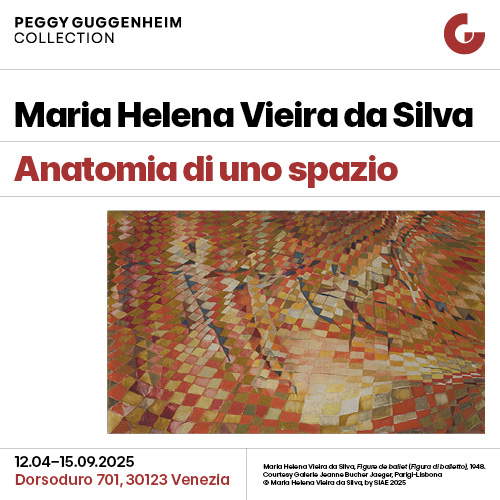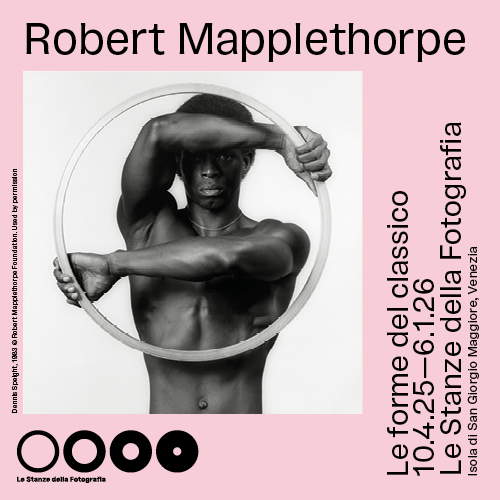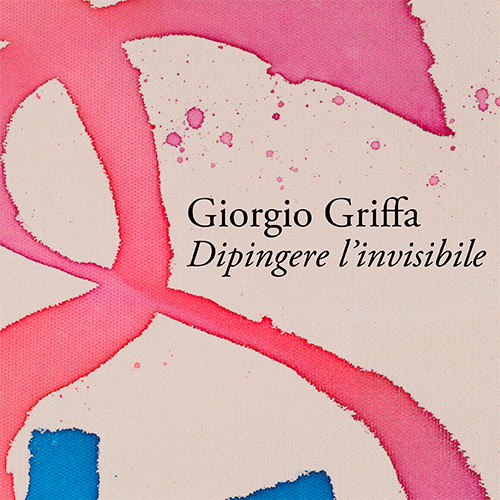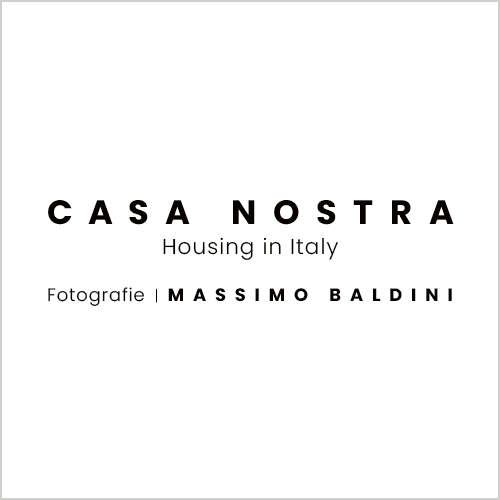At Rome's Farnese birdhouses, an exhibition celebrates Brancusi and the bird bestiary
From Feb. 13 to May 11, 2025, Rome celebrates Constantin Brancusi (Peștișani, 1876 - Paris, 1957) with the exhibition Brancusi: Sculpting Flight, housed in the Farnese Bird Houses. Curated by Alfonsina Russo, Philippe-Alain Michaud, Maria Laura Cavaliere and Daniele Fortuna and organized by the Colosseum Archaeological Park in collaboration with the Centre Pompidou in Paris, it presents a selection of works by the Romanian artist, a naturalized French citizen, considered the father of modern sculpture, on display in Rome for the first time. The exhibition is structured in two sections: the first brings together a selection of Brancusi’s well-known sculptures, while the second explores his photographic and film work, tools through which the artist investigated the expressive potential of sculpture. The central theme is the bestiary of birds, a recurring motif in the artist’s work that he declines in different versions throughout his life and that symbolizes flight, man’s dream of escaping his earthly condition, in an ascent toward the infinite.
Sculpture and ascension: the bestiary of Brancusi
Prominent among the works in the exhibition are The Rooster(Le Coq, 1935), The Bird(L’Oiselet, 1928) and Leda (ca. 1920-1926), all from the Centre National d’art et de la culture Georges Pompidou in Paris. These sculptures express Brancusi’s quest in inventing a symbolic figuration to express the essence of the animal, through the simplification of forms and the elimination of any kind of detail. The artist does not intend to represent the animal itself, but its movement, its flight. “It is not the bird that I want to represent, but the gift, the flight, the momentum,” the sculptor asserted, and this upward tension is reflected in his works. With a revolution in gesture, Brancusi abandoned the traditional technique of modeling, favoring direct carving of marble, stone, and wood to bring out the spirit of the material.
Alongside Brancusi’s sculptures, the exhibition presents a selection of ancient sculptures from the National Roman Museum, the National Archaeological Museum of Venice, and the National Etruscan Museum of Villa Giulia. Statues, balsamari, are and rattles from the Roman period testify to the deep connection between ancient art and the poetics of the sculptor, who often drew inspiration from archaic forms and ancestral symbolism.
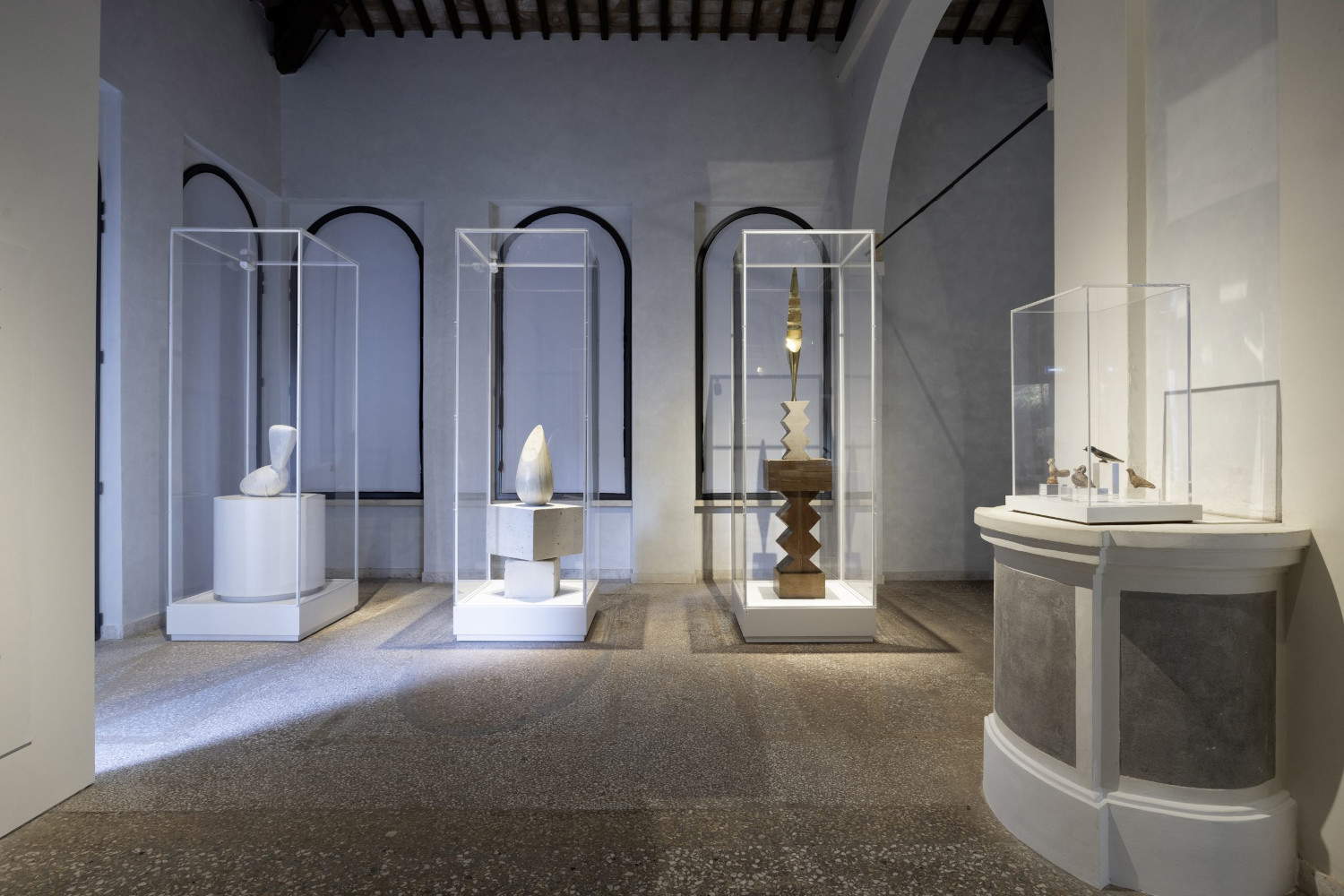
Brancusi photographer: sculpture in motion
The second section of the exhibition is devoted to Brancusi’s photographic and film experimentation. In the 1920s and 1930s he turned to photography and film to enhance the plastic qualities of his sculptures, as well as to document them. They are means for him to capture the ephemeral and fragmentary character of sculpture, which eluded total perception of form.
An emblematic example is the film Leda in Motion (1936), in which the sculpture is placed on a rotating disc of polished steel that reflects its image, creating a game of continuous metamorphosis.
The exhibition design and cultural program
Architect Dolores Lettieri curated the exhibition layout, playing on the contrast between black and white: white recalls Brancusi’s atelier, conceived as a real creative space, while black evokes the darkroom and the alchemical process of photography. The exhibition is accompanied by the volume Brancusi, published by Electa, which collects essays on the sculptor who invented modernity and to whom the Centre Pompidou dedicated a major anthological exhibition last year.
In parallel with the exhibition, the Colosseum Archaeological Park and Electa, in collaboration with the Fondamenta Foundation, are promoting a series of meetings and in-depth discussions that will take place between March and October in the Curia Iulia and other places in the Roman Forum. The program takes its title from a famous phrase by Carlo Levi, The future has an ancient heart, in homage to the writer whose 50th anniversary of his death falls.
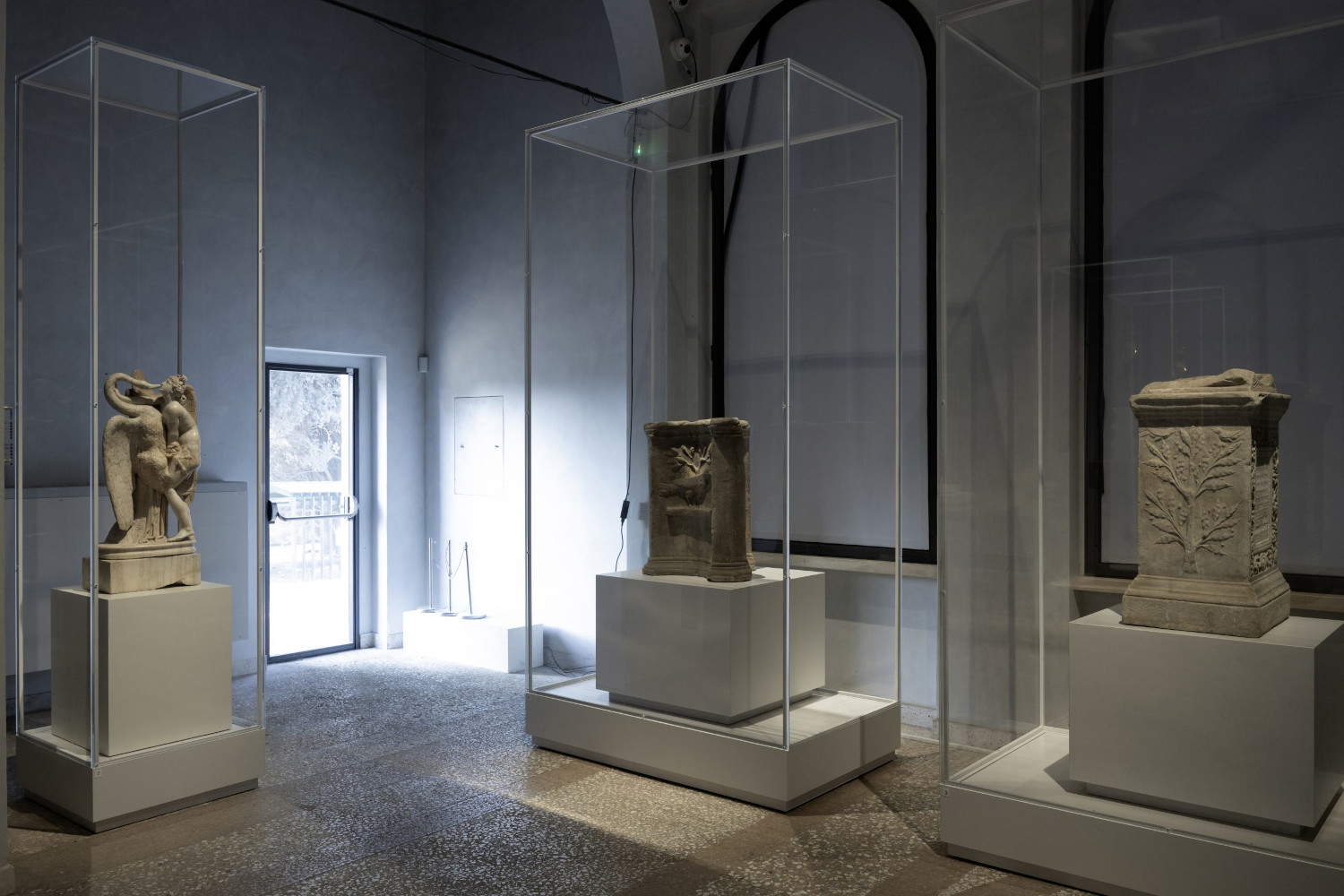
Brancusi’s legacy
Born in 1876 in Romania and moved to Paris, Brancusi revolutionized 20th-century sculpture. His research was based on simplifying forms and enhancing materials through marble, bronze, wood, and stone. Influenced by the folk traditions of his native land and primitive art, he developed an essential and universal language. An interest in the theme of flight accompanies his entire career. Oiselet II (1928), one of his most representative works, is part of a body of sculptures that declines the bird motif in various forms and materials. Le Coq (1935) is a tribute to solar symbolism and the awakening of the soul, while Leda is the symbol of metamorphosis, of the continuous change of forms: Brancusi decides to subvert the ancient myth, transforming Leda into a swan.
“The Farnese Birds, with their history and symbolic connection to flight, provide an ideal setting to accommodate Brancusi’s works, in a dialogue between ancient and modern that enhances art’s ability to transcend time and space. Through this exhibition itinerary, the public will be able to immerse themselves in the vision of an artist who was able to reinterpret tradition with an eye toward the future. With this exhibition, the Colosseum Archaeological Park confirms its vocation to be a place of encounter between cultures, experimentation and reinterpretation of the past in the light of contemporary sensibilities,” comments Alfonsina Russo, Director of the Colosseum Archaeological Park.
“The figure of the bird recurs in Brancusi’s work with particular insistence: for the sculptor, however, it is not a matter of representing flight itself, but its rising into the air, thus the emancipation of form from matter. What better place than the Farnese Birds to exhibit a group of Brancusi’s works related to this theme - sculptures, photographs and films - from the collection of the Centre Pompidou - Musée national d’art moderne,” says Philippe-Alain Michaud, Director of the experimental film collections of the Centre Pompidou-Musée national d’art moderne, Paris.
Hours: Feb. 13 to Feb. 28: 9 a.m. to 3:45 p.m. (last admission 3:30 p.m.); March 1 to March 29: 9 a.m. to 4:45 p.m. (last admission 4:30 p.m.); March 30 to May 11: 9 a.m. to 6:30 p.m. (last admission 6:15 p.m.). Closed March 2, April 6 and 25, May 4.
Photo by Simona Murrone
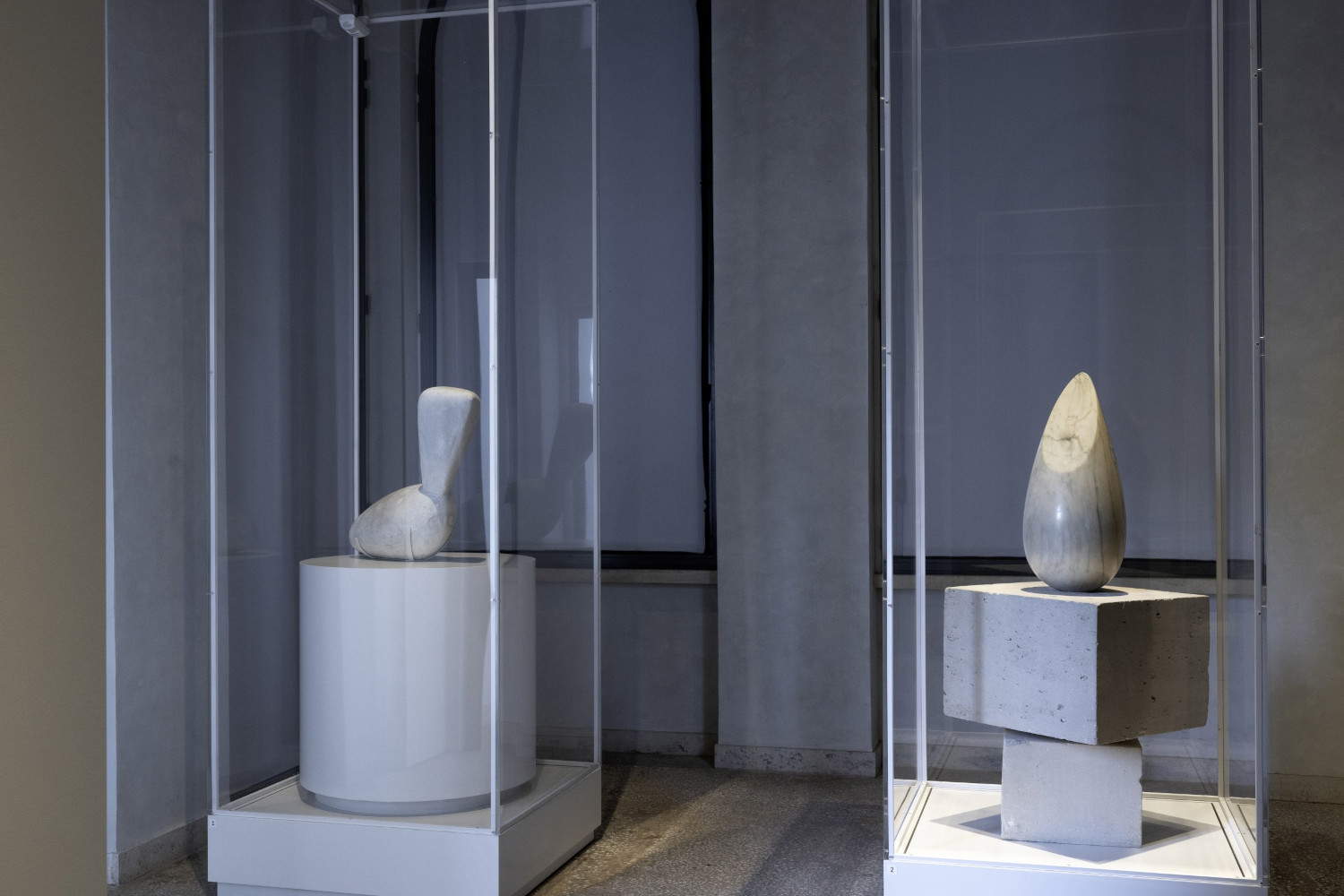
 |
| At Rome's Farnese birdhouses, an exhibition celebrates Brancusi and the bird bestiary |
Warning: the translation into English of the original Italian article was created using automatic tools. We undertake to review all articles, but we do not guarantee the total absence of inaccuracies in the translation due to the program. You can find the original by clicking on the ITA button. If you find any mistake,please contact us.





